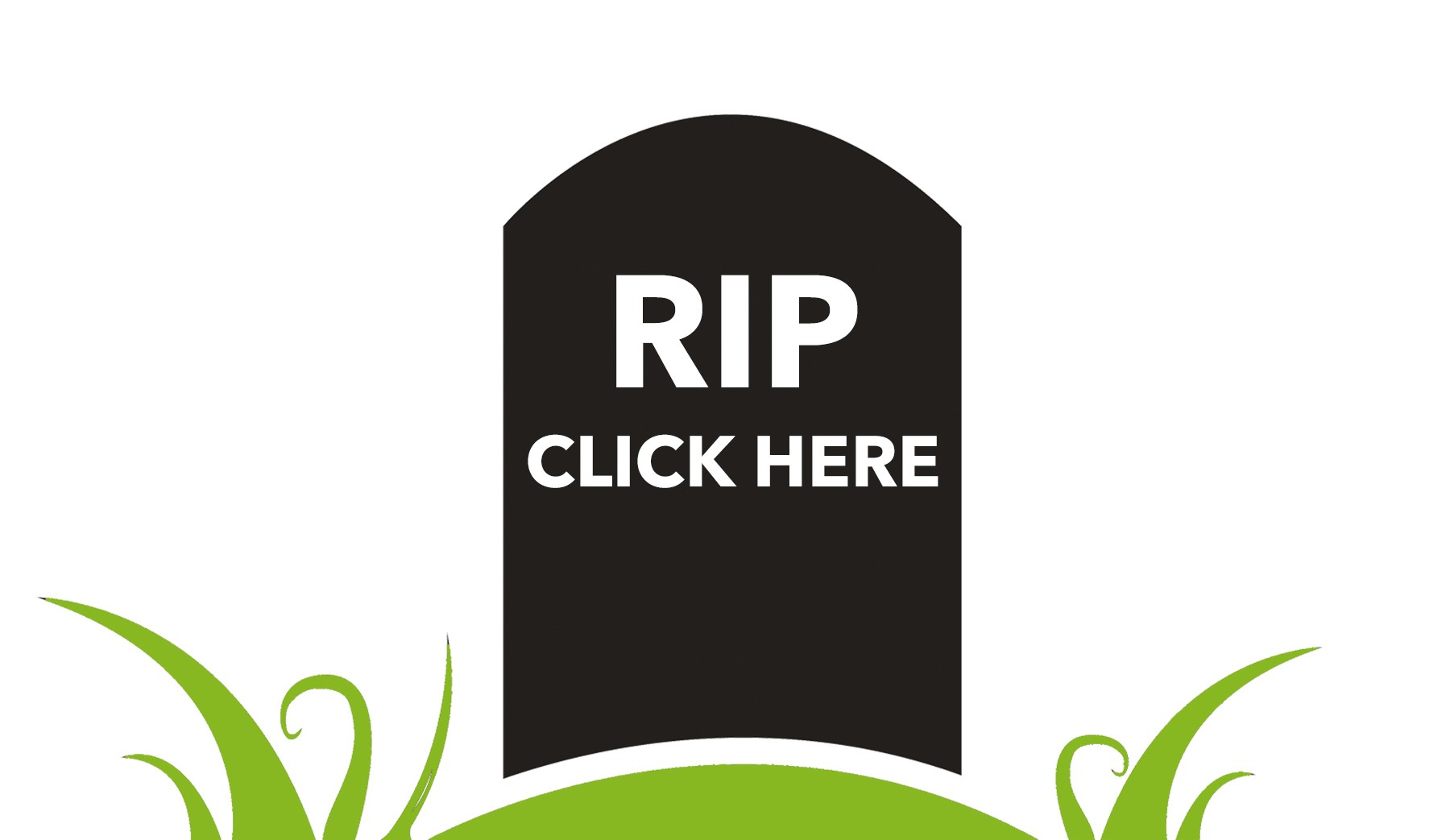Charities forced to rethink legacy marketing and fundraising strategies following Meta ad targeting changes
If you’re a fundraising manager, you might be reading this and already experiencing the fallout from the challenges which have arisen since Facebook’s ad targeting changes came into effect in January. If this is the first time you’re considering how the targeting challenges could be affecting your campaigns, such as legacy and gifts in Wills, you could be wasting your ad spend.
Meta announced it would remove detailed targeting options late last year to protect marginalised and underrepresented groups from discrimination or unwanted messaging. This is a good thing, but the unintended consequences are already impacting charities and non-profit organisations, who often use platforms like Facebook to identify new hand raisers. The new update which came into force on 19th January 2022, means marketers can no longer target people based on characteristics such as race, ethnicity, religious views, political beliefs, sexual orientation, and health.
The changes affect any organisation that uses paid social ads to target users based on their engagement with the newly designated sensitive areas. However, the biggest impact will almost certainly be felt by charities and non-profit organisations.
As well as ‘special category’ restrictions (including housing, employment, credit and social, election and political issues), several keywords are also being targeted by ad filters, picking up on words like ‘chemotherapy’, ‘homeless’, and ‘Black History Month’. This makes it more difficult for charities to discuss certain topics within their ad copy without being forced to declare that their ads fall into a special category, such as ‘homelessness’, which could be both a political and a housing issue depending on the context.
When targeting your audience, especially if a special category is selected, Facebook now encourage you to create broader lookalike audiences. It’s difficult to even ‘piggyback’ interest generated by community awareness days. Using ‘national days’ as a target to attract hand-raisers, such as ‘Remember a Charity’ week focused on asking people to consider leaving a gift to charity in their Will, used to be a straightforward way of addressing your ideal audience with ease. But without the ability to target some specific interests, it’s harder to identify and show your ads to people that are already interested in your cause.
According to nonprofitssource.com, nearly 30% of traffic to charity pages comes via Facebook on #GivingTuesday. Now that targeting options have been restricted, it will be incredibly difficult to acquire new donors, significantly limiting the positive impact charities are able to have on society.
Charities and other non-profit organisations need to rethink their social acquisition strategies. Nobody gets to rely on Meta to do the legwork anymore. The new targeting rules mean that you must take a more considered approach or risk selecting too broad an audience and potentially wasting your ad spend on people that are much less likely to be interested in your cause.
In the legacy space, knowing and using 1st party data is absolutely key to not only identifying hand raisers, but speaking and engaging with them in a way they are more responsive and welcome to. Moving forward you will need to really get to know your supporters even more, to understand who they are, why they engage with you and to find more people like them. If you plan to continue using Meta channels like Facebook to advertise your campaigns, you need to analyse your donor data, segment and target characteristics that are still permitted. Research has never been more critical.
You will need to invest in more content that allows new and potential audiences to ‘self-select’ – take an action that clearly says, ‘I’m interested’.
Donor surveys are a great way to find out more about your supporters and provide an opportunity for charities to understand everything from why people support your cause to what pets they have and even what other charities they support. But be warned! You have to be relevant. You risk your supporter’s goodwill if you ask questions that seem inappropriate to their support. Some charities we’ve worked with have discovered multiple new donors that have already left residuary gifts in their Wills, gifts which are typically worth significantly more than pecuniary gifts, simply by writing to them to ask in the early stages of a campaign or using a survey.
Charities that build well-informed, multi-channel CRM and engagement programmes that not only seek to attract donations, but build a picture of donor behaviour over time, will have a huge advantage in circumnavigating the changes imposed by Meta.
Need help with your organisation’s legacy marketing or fundraising campaigns?
The Flourish team specialises in legacy marketing. Contact us for a free, informal chat about how we can help you.



